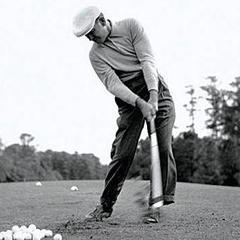Skill vs. Luck in Putting
45 members have voted
-
1. Read the question in the first post and answer here. Vote BEFORE you read any replies.
-
The gap between the good and bad putters would be narrowed.26
-
The gap between the good and bad putters would be increased.8
-
The gap between the good and bad putters would remain the same.11
-
-
Topics Being Discussed Right Now on The Sand Trap
-
This Putting Product Actually Seems Like it May Have Some Value.
By ChetlovesMer, in Instruction and Playing Tips
- 4 replies
- 89 views
-
The Hanger by Watson Golf 1 2
By iacas, in Instruction and Playing Tips
- training aid
- the hanger
- (and 2 more)
- 28 replies
- 16,706 views
-
Strategy on Neshanic Valley Ridge #2 1 2
By billchao, in Instruction and Playing Tips
- neshanic
- mystrategy
- (and 2 more)
- 21 replies
- 1,275 views
-
- 6,577 replies
- 253,494 views
-
- 1 reply
- 58 views
-








Recommended Posts
Create an account or sign in to comment
You need to be a member in order to leave a comment
Create an account
Sign up for a new account in our community. It's easy!
Register a new accountSign in
Already have an account? Sign in here.
Sign In Now